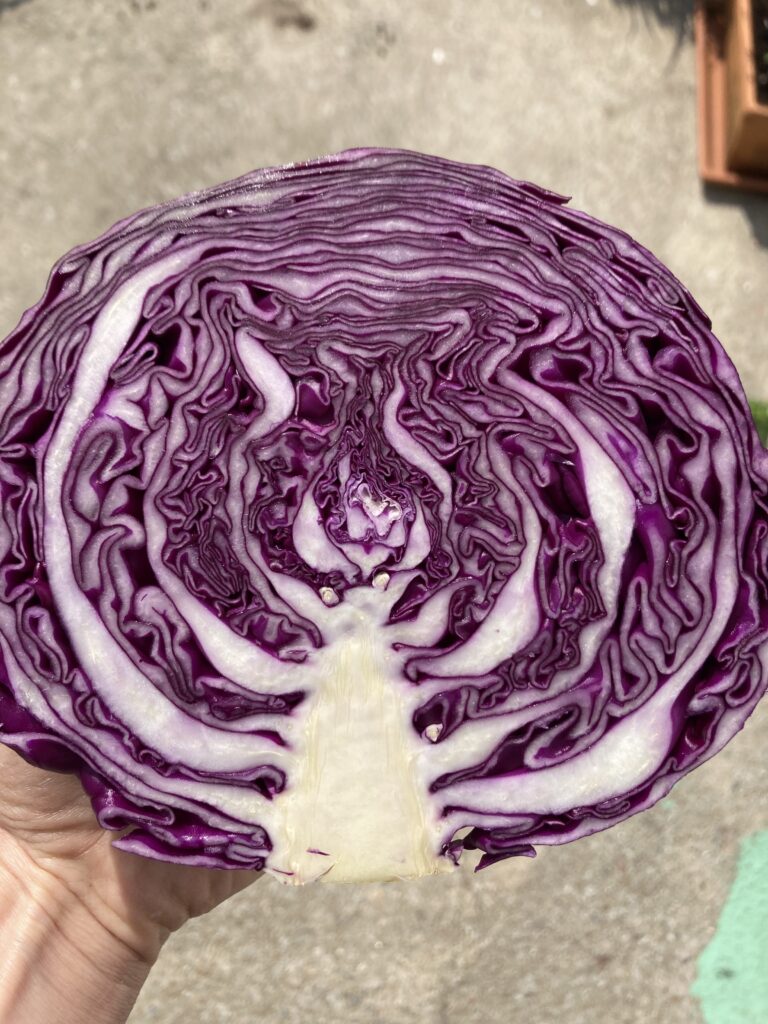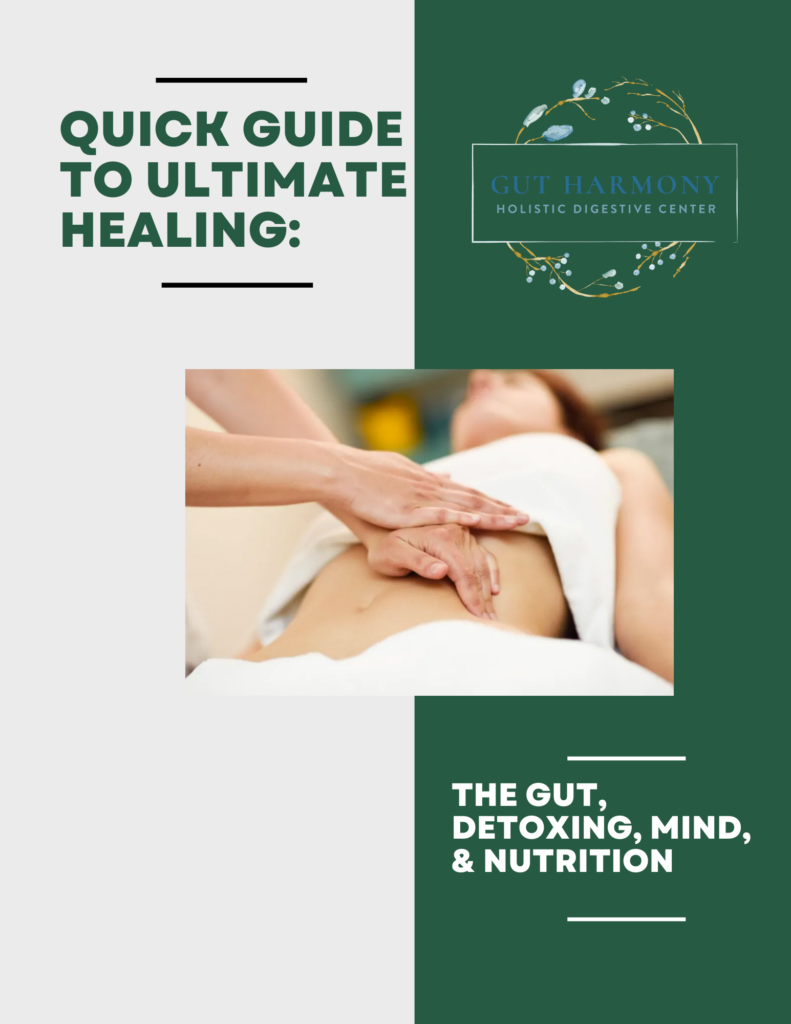This now staple in my house used to be called Refrigerator Slaw before its current, more refined form. It was born on a day when we had “nothing to eat”, but decided to make do with what already had.
Originally we used cabbage, onions and carrots dressed in olive oil and balsamic vinegar – it was basic, but tasty. Today, with a little glam, this salad is a beautiful powerhouse of nutrition. It’s hearty, long lasting, easy and inexpensive to make.
Like most slaws, the base is cabbage and carrots. Pound for pound, purple cabbage is the least expensive but most nutritious vegetable on the scene. The substitution of raw apple cider vinegar instead of balsamic helps turn this tough cruciferous veggie into an easier to digest form. The dill further helps this salad to break down comfortably.
Here’s what you need :
For the slaw :
- Half a large head of cabbage, sliced thin then roughly chopped
- 10 ounces of shredded carrots (this is the size of a pre-shredded grocery store bag of carrots, if you’d like to save some plastic and give your forearms a workout, it’s about 5 large carrots)
- ½ a large onion, chopped
- One large bunch of dill, chopped
- 1 cup of raw sunflower seeds
For the dressing :
- ½ cup avocado oil or extra virgin olive oil
- ½ cup (plus a little more if you like tangy) raw apple cinder vinegar
- ¼ cup nutritional yeast
- Salt and pepper to taste
Instructions :
Add all salad ingredients to a large bowl and mix well. For the dressing you have options: either mix all ingredients into the salad and stir well OR make the dressing and set it aside. My family flies through this slaw and we will eat in over the course of 2-3 days, so we dress it all at once. When dressed, the vinegar in the dressing continues to soften the veggies in the slaw (which makes it yummier in our opinion) but it won’t stay crispy as long in the fridge. If you’d like the salad to last longer (up to 5 days), dress it as you eat it.
This slaw offers your microbiome 5 different fiber sources, additional enzymes from the ACV, digestive support from the dill, B vitamins from the nutritional yeast and a good source of fat from the oil (quality is key with everything, especially fats and oils).
The key to a healthy gut is a diverse inner ecosystem and the key to that is a diverse diet. Getting as many different plant foods into your belly – then into your colon – is a pillar of good gut health.
Happy crunching!












